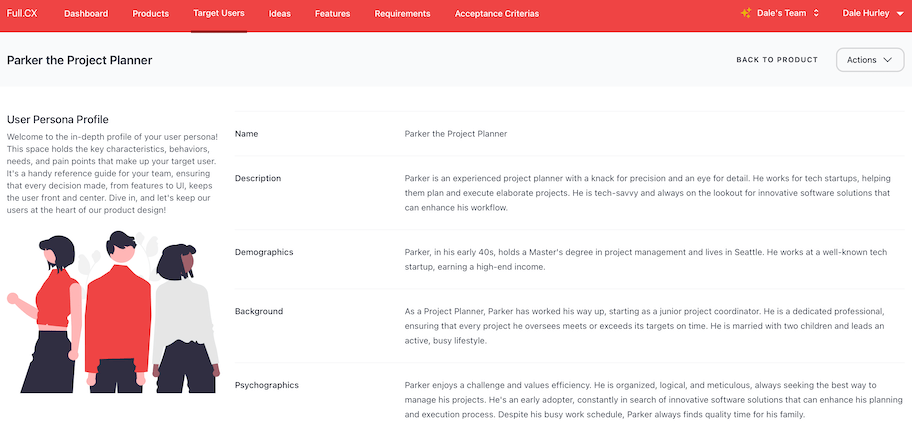Understanding and implementing effective product acceptance criteria are pivotal to the success of any project. These criteria serve as a clear set of guidelines that a product or a project outcome must meet to be accepted by the client, ensuring alignment with their expectations and business needs.
Product acceptance criteria are essentially benchmarks that determine whether the work delivered meets the required standards and functionalities specified by the client from the outset. Setting these criteria helps in avoiding misunderstandings, provides a basis for product acceptance testing, and ensures that the product delivered is what was promised.
Step 1: Define Clear, Achievable Goals
The first step in developing solid acceptance criteria is defining clear and achievable goals based on the client’s requirements and the project’s scope. Goals should be detailed, unambiguous, and agreed upon by all stakeholders. It's important to articulate what success looks like for the project and how it can be measured. Parameters for success may include performance metrics, quality benchmarks, or specific functionality deliverables.
Step 2: Involve Stakeholders
Involving various stakeholders in the development of acceptance criteria, including project managers, developers, clients, and end-users, ensures that all perspectives are considered. This collaborative approach not only increases the likelihood of covering all functional and non-functional requirements but also enhances buy-in and satisfaction across the board. When stakeholders are actively engaged, they can provide insights that might otherwise be overlooked, leading to a more comprehensive set of criteria.
Step 3: Use Realistic Scenarios
Creating acceptance criteria based on realistic user scenarios can greatly assist in visualizing the practical application of the product. This method helps in understanding how the end-user will interact with the product and the essential features that need to be tested. These scenarios should encapsulate typical, boundary, and erroneous cases to comprehensively evaluate product behaviors. Realistic scenarios also ensure that edge cases are considered, reducing the risk of unexpected issues post-launch.
Step 4: Keep It Testable
Each acceptance criterion should be testable, providing a clear metric to evaluate whether the scenario passes or fails. This might involve numerical values, such as response times, or qualitative measures, such as user interface usability. Keeping criteria testable simplifies the validation process and aids in achieving a straightforward conclusion about whether the criteria have been met. Testable criteria translate directly into actionable tasks for development and quality assurance teams, streamlining the workflow.
Step 5: Review and Revise
Finally, it’s crucial to review the acceptance criteria regularly throughout the project lifecycle. As projects evolve, so too might the needs and expectations. Revisiting the criteria ensures they remain relevant and comprehensive, thereby avoiding scope creep and helping keep the project on track. Regular reviews during key project milestones and iterative phases allow for adjustments based on feedback and changing requirements.
Empowering Your Product
Team for Success.
Start using Full.CX today.
Smart tools to streamline your transition from concept to concrete specifications.

